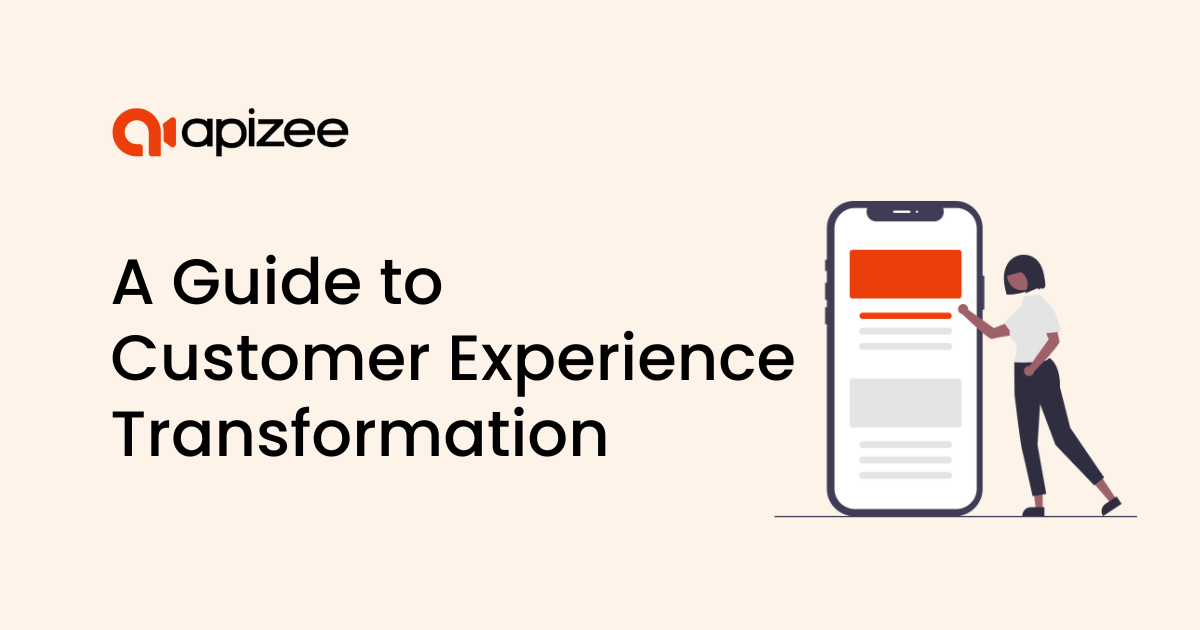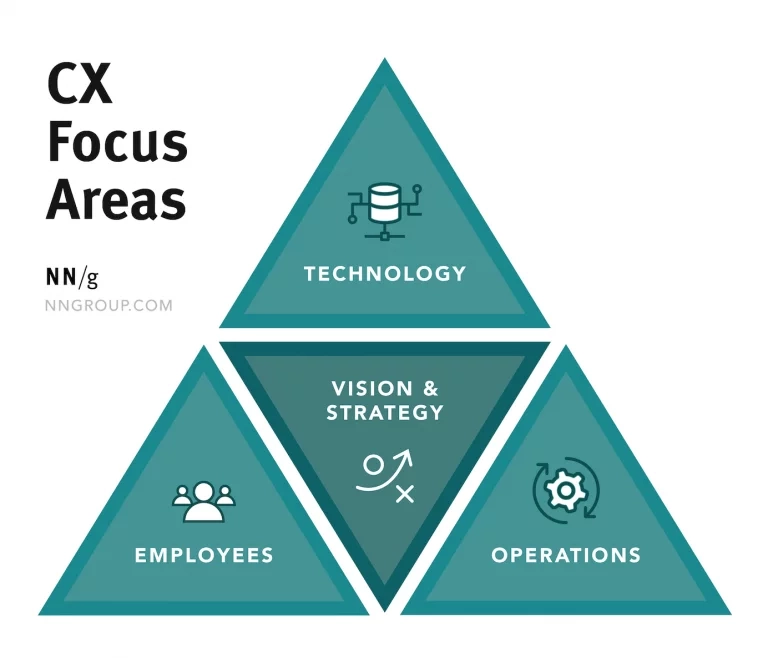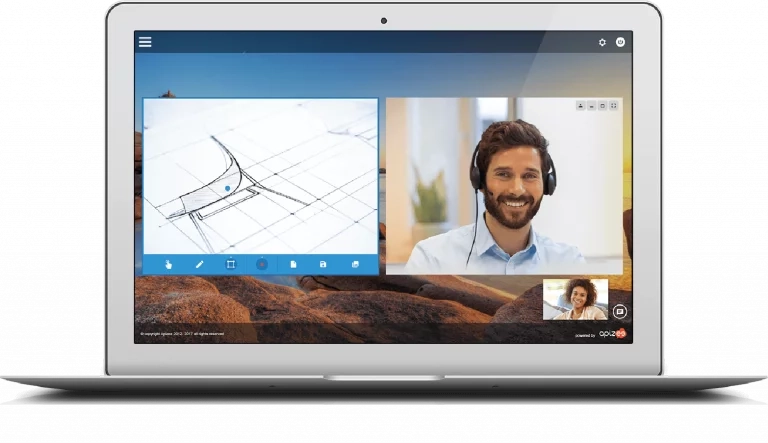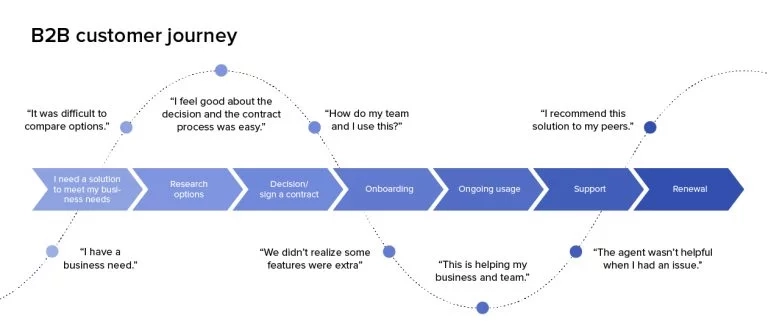What is Customer Experience Transformation? How to Delight and Retain More Customers



Your buyers want a personalized, unique, and tailored customer experience. If they don’t get what they’re looking for, they’ll go elsewhere to find it.
Salesforce research found that 73% of consumers expect companies to understand their needs and expectations, while 88% of consumers say that the experience a company provides is just as important as its product or services.
To meet these expectations head-on and improve interactions with your brand, your company may need to undergo a customer experience transformation.
In this article, you’ll learn what customer experience transformation entails and how to successfully improve your brand’s experience.
Customer experience transformation (CX transformation) involves refining your business processes and touchpoints to improve how customers interact with your company.
For instance, you might learn through feedback interviews that it takes too long to get an appointment with your support representatives before and after a sale. You create an initiative to improve wait times and look into offering video assistance, a chatbot to handle self-service questions, and a social media messaging option to meet customers where they are.
This overhaul of your customer interaction touchpoints is one part of a customer experience transformation.
Generally, CX transformation applies across the business, including internal processes. A CX transformation can affect your company values, the structure of your company, your operations, your technology, and even your business culture.
You might learn that your competitors are outpacing you in customer experience, so focusing on customer needs becomes the ultimate priority for all teams:
To fully transform the customer experience, you need to review every element of your business. Before we get into how to do it, let’s explore the benefits of CX transformation.
Let’s outline some of the key reasons customer experience transformation can benefit your business.
A good customer experience can improve loyalty (their willingness to return to your business), which can then boost your customer retention and reduce churn rates.
Salesforce research (mentioned above) found that 83% of customers are more loyal to companies that offer consistency across different departments. The same study states that 94% of B2B consumers say that a positive customer service experience makes them more likely to purchase again.
Ensuring that your existing customers have a good experience makes them far more likely to buy from you in the future and provide a higher customer lifetime value (CLTV).
Unless you’re the only solution in your market, your customers are likely to be vetting you against your competitors. Google research shows that over half (53%) of consumers shop around before making a purchase.
If your website is slow to load and it takes customers too long to find information about the item they want to buy, you could lose them to a competitor with faster page speed and informative landing pages.
A better customer experience—and also often a better user experience (UX)—means that customers are more likely to buy from you.
This is further boosted when customers have a positive experience with a representative. HubSpot research indicates that 93% of customers are willing to repurchase from a company with excellent customer service. It turns out that customers are happy to support with their wallets the businesses they love.
Today, brand perception is everything. Younger consumers entering the market especially refuse to buy from brands they don’t trust.
Edelman’s Trust research found that 60% of adult Gen Z and 64% of millennials report that a good brand reputation may get them to try a product. However, unless they continue to trust the company, they will soon stop buying it.
Improving your customer experience most obviously points to removing obstacles and streamlining the purchase process. But it can also mean putting your social causes front and center. Edelman also found that 62% of adult Gen Z expect to see a brand’s stand (e.g., their values and perspective on social issues) at the point of transaction, making them likely to purchase and remain loyal.
Here are some of the common situations that indicate when it’s time to perform a customer experience transformation in your business.
If your employees aren’t engaged and motivated, there’s a high chance that this reflects in the service you offer your customers—especially for employees on the front line with customers.
Engaged employees are more likely to show up to work and they’re more likely to stay with a company for longer, according to Gallup. This longevity can indicate to customers that people like working for your company, and as such, this can help to build trust.
To give your customers the best experience possible, you need to make sure everyone at the company is fulfilled, confident, and challenged in their roles.
Here are some common signs that employees aren’t feeling motivated at work:
If employees lack motivation, find out why. Is it because they’re not being challenged? An “easy job” isn’t necessarily what everyone is after. Gallup found that employees who feel held accountable for their performance are 2.5 times more likely to be engaged in their job.
Being challenged isn’t the only issue facing employee engagement. Is there another role they’d rather be doing? Is it a fault in the company ecosystem? The way performance is managed also contributes to employee motivation, so look to your leaders where engagement seems low.
With this information, you can then put measures in place to turn things around. One critical way to increase employee engagement is to help them see how their work contributes to the organization’s larger purpose.
To find out more specifically where the lack of motivation stems from, host a one-to-one meeting or ask employees to complete a survey to get to the root of the problem.
Do you know exactly how your customers move through the buying journey with your company? If not, you’ll find it difficult to truly optimize the process and could encounter roadblocks if too hasty with updates.
For example, let’s say that many of your customers start their journey by discovering your Instagram page—before they even know they need your solution. Becoming aware of this large group of customers at the top of the funnel can help you curate content showcasing how your product can help, how it works, who else is using it, and eventually, how to get it.
By fully understanding every step of the customer journey, including where their journey starts, you’re able to offer a better customer experience by addressing their needs in the right way at the right time.
If you want customers to buy from you, you need to make them happy. If you don’t already have systems in place for regular feedback, or if it’s been a while since you last collected feedback, you may not know how customers are feeling about your offering right now.
Here are a few ways you can find out how your customers feel about your brand:
Follow these steps to begin your customer experience management and bring your transformation to life.
The customer experience framework comprises the building blocks for the customer experience transformation. It’s vital that you know what the framework involves and how to incorporate it into your business.
The CX framework typically focuses on four focus areas: technology, operations, employees, and vision and strategy.

Source: Nielsen Norman Group
Let’s look at the key areas in more detail:
To ensure you’re making changes in the right places, build your customer experience transformation initiatives and activities around these areas.
Glassdoor found that companies with higher reviews (i.e. happier employees) were more likely to have higher customer satisfaction scores too. It stands to reason that keeping your employees happy can affect how your customers experience your brand.
You may already have tools in place to aid collaboration, engagement, employee support, and more. If you’re not sure how your employees feel at your company, ask them. You may uncover areas for employee experience transformation that you hadn’t previously considered.
Often, employees report wanting more opportunities for collaboration and more engaging work. Here are some initiatives for improving these areas:

Not long ago, if a customer wanted to reach out to a company, a phone call was the only way to get ahold of a representative in real time. With so many more options available now, customers expect to be able to reach you in the way that’s most convenient for them, such as via social media messaging or WhatsApp.
One channel with a recent sharp increase in demand is video support. Adoption of video support has increased by 43% since 2020. Between 2020 and 2022, customer services using video jumped 20 percentage points (up to 66% using the channel).
Video’s popularity is likely down to the personalized, human-centric nature. Customers can get tailored support faster than a callout to the home or office. With the added visual bonus over a customer support phone call, many interactions are handled within the first exchange (no need for another call).
Customers also expect to be served a consistent experience across each platform. That means you must have the same brand voice and communicate your offering the same way in your email newsletters, on social media, on sales calls, customer support, and anywhere your customers interact with your brand.
Part of how successful you are at omnichannel marketing and support is determined by branding. But your digital infrastructure will also determine how well you can meet your customers’ needs across digital channels.
This means that your customer experience transformation may also require a digital transformation to get up to speed.
To analyze your current infrastructure and plan improvements, begin by mapping touchpoints from end to end across the customer journey. Here’s an example outlining the typical stages of a B2B buying journey:

Source: Delighted
At each stage, map your digital technologies already in use and conduct a thorough analysis of how well it’s performing. Do your customers move effortlessly through this stage, or are they facing friction because of technical issues (e.g., page speed or broken links)?
Here is an example of a few customer journey stages and the technologies you may use to deliver a consistent omnichannel experience:
Your metrics at each stage can offer insight into how well it’s working. Areas with poor conversion rates will need looking into.
Your processes need to be as smooth and efficient as possible to deliver the best service to your customers.
Let’s say your customer service team has a manual process for assigning customer queries: all queries enter the team leader’s email inbox before assigning the query to a representative.
This is a manual task that is ripe for automation. Various CRMs (customer relationship management tools) have the capacity to auto-assign representatives and store information in a centralized location. This breaks down silos and frees up time to spend on higher-quality tasks.
By improving this process, you’re able to offer customers a quicker response time and a better experience.
You need a clear picture of all your processes to perform an effective evaluation. Start by analyzing your existing processes, including the teams, steps, goals, and tools involved.
As you pinpoint areas of improvement, be sure to keep your customers front of mind. For example, if you’re reviewing an internal process for managing sales, think about the effect this could have on your customers. Will it slow down the buying process for them? Could it impact how long it takes for them to get a reply to a customer query?
Share your plan of action with the relevant team members ahead of time, being sure to explain how this change will impact their experience as well as the overall customer experience.
Personalization is the difference between success and failure when conducting any CX transformation. In fact, Salesforce found that over half of customers now expect personalized offers. If you don’t deliver, your experience won’t live up to customer expectations.
But what does it mean to personalize the customer experience?
Personalization involves creating unique, customized, and relevant content for your target audience. Customers want to know that you know their name and their issue if they’ve contacted your company before. They want tailored offers in their inboxes and in their feeds.
Personalization also ties back to the consistent omnichannel experience. Knowing how customers engage with your company will help you equip the right team members with the right information.
Here’s how to offer your customers a personalized experience:
The bottom line is that providing a good customer experience is a core element of today’s business success. Customers want to interact with brands that feel human, like they care about their problems and have worked to find a solution just right for them. They’re also willing to shop around, and pay a premium, to find the brand that offers this experience.
To start your customer experience transformation efforts on the right foot, take a look at Apizee’s video communication software. Offer customers a smooth, streamlined, quality experience with your company when they need it.
Contact us today for a quote.
Explore key findings from the Genesys State of Customer Experience report. Learn how AI, omnichannel strategies, and video chat are transforming CX and enhancing customer satisf...
The State of Customer Experience report by Genesys : Key Insights and Trends
27 Mar 2025
Despite AI and automation, customers still prefer to speak to a human for support. Discover why human interaction remains essential for great customer service.
Why Customers Still Want to Speak to a Human in Customer Service
17 Mar 2025
Discover the top customer experience influencers in Europe, shaping the future of CX and customer service.
Top 100 Customer Experience Influencers to follow
10 Mar 2025
Interested in our solutions?